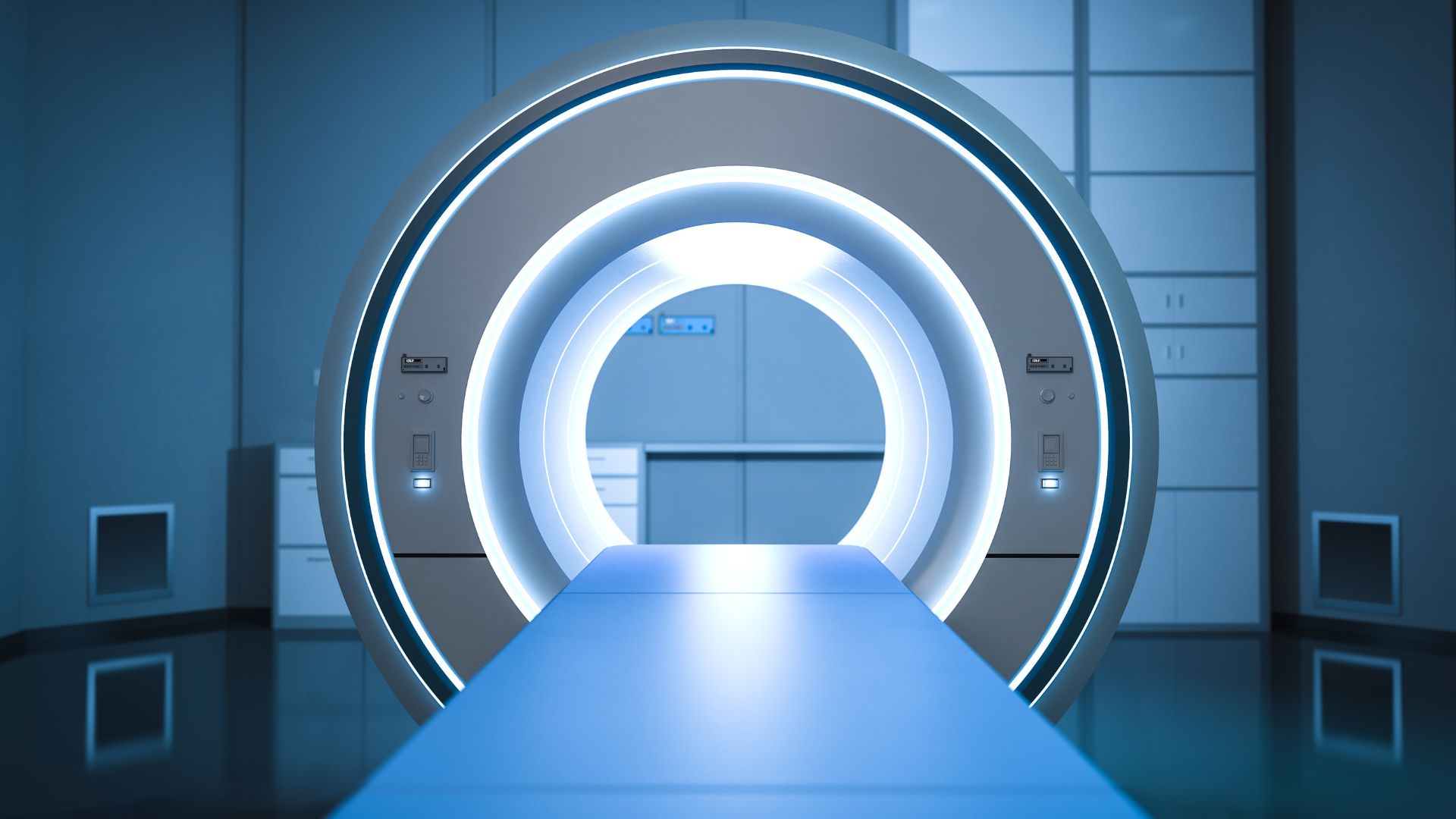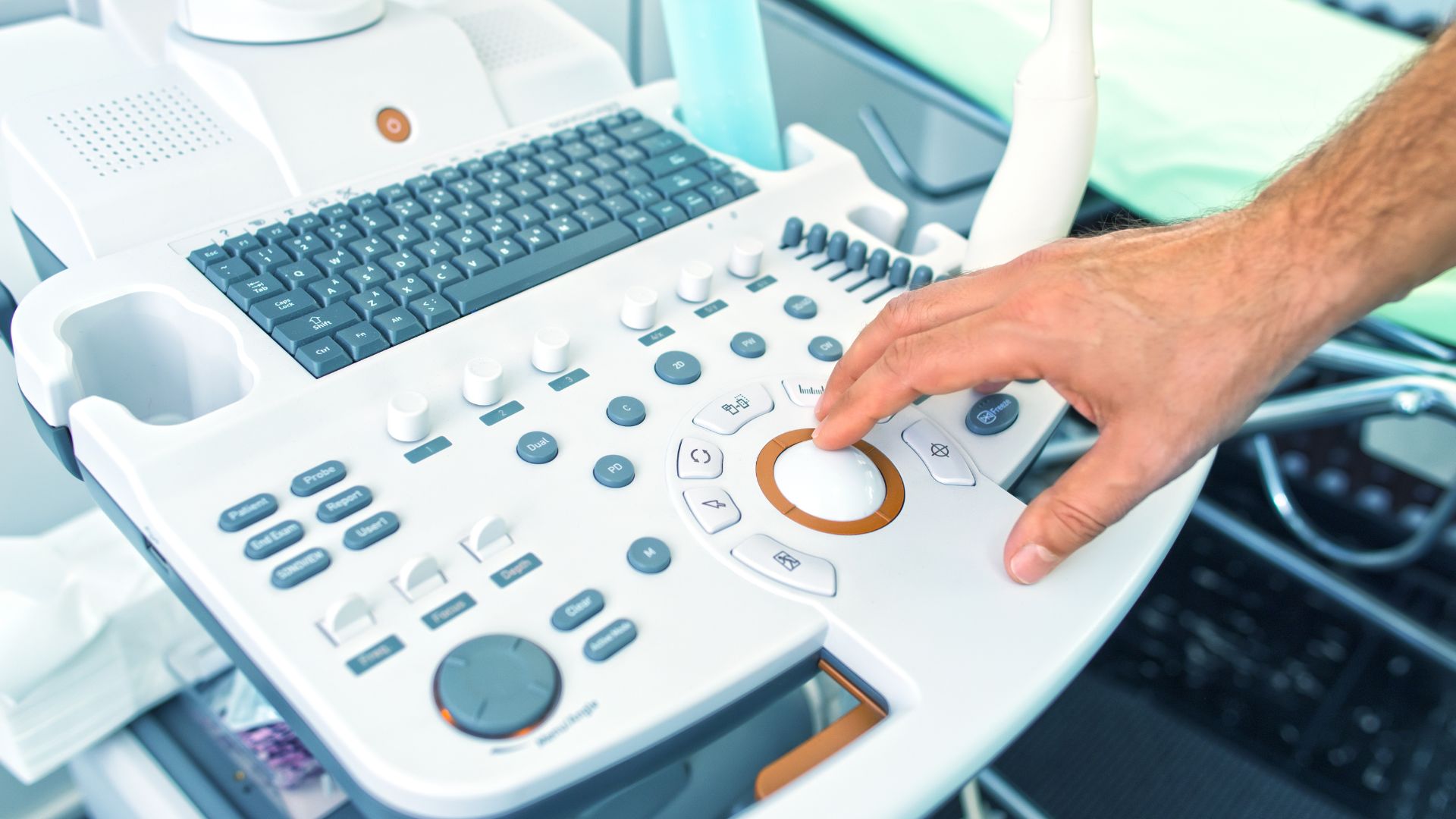In the world of medical device manufacturing, maintaining compliance is no longer sufficient on its own. Today’s regulatory environment demands proactive, data-driven systems that enable companies not only to detect issues but to continuously improve their processes and product performance. The concept of Measurement, Analysis, and Improvement—outlined in Clause 8 of ISO 13485:2016 and reinforced by 21 CFR Part 820 in the United States—is foundational to sustaining an effective Quality Management System (QMS). These processes are the mechanisms by which an organization monitors conformity, evaluates system effectiveness, analyzes performance data, and drives corrective and preventive actions.
This article takes a deep dive into the critical elements of Clause 8, exploring how to construct robust frameworks for quality monitoring, internal auditing, data interpretation, and continuous improvement. It offers practical insights for regulatory leaders, quality professionals, and operational managers tasked with upholding product integrity, patient safety, and long-term compliance.
Regulatory Foundation for Measurement and Improvement
Clause 8 of ISO 13485:2016 outlines a structured approach to quality assurance that requires manufacturers to plan and implement processes for monitoring, measuring, analyzing, and improving their QMS. These requirements are echoed in the FDA’s Quality System Regulation (QSR), which mandates procedures for corrective and preventive action, complaint handling, and statistical techniques under 21 CFR §820.100, §820.198, and §820.250 respectively.
Together, these regulations emphasize that organizations must collect objective evidence of conformity, analyze trends, identify nonconformities, and act decisively to mitigate risks. Importantly, these systems must be both reactive and proactive—equipped to handle product issues as they arise, and to prevent them through predictive data monitoring and feedback loops.
Monitoring and Measurement of Processes
Monitoring operational processes is a foundational element of Clause 8.2.5, which requires manufacturers to establish methodologies that confirm whether QMS processes are functioning as intended. This does not mean simply checking boxes or completing forms. It means understanding which metrics are critical to quality (CTQs), defining how they will be monitored, and setting acceptable performance thresholds.
For example, manufacturers may track first-pass yield rates on production lines, nonconformance rates at incoming inspection, or document revision cycles in change control systems. Monitoring should extend across design, production, supplier quality, postmarket performance, and internal operations.
Where deviations from planned results occur, organizations must initiate root cause analysis and take appropriate corrective action. All measurements must be supported by documented procedures, calibrated equipment, and records that allow for retrospective analysis.
Internal Audits as a Tool for Improvement
Internal audits are more than compliance requirements; they are one of the most powerful diagnostic tools available to a quality-driven organization. Clause 8.2.4 of ISO 13485 specifies that audits must be planned, conducted at defined intervals, and cover the full scope of the QMS.
A successful audit program begins with a risk-based audit schedule, where high-risk or underperforming processes are reviewed more frequently. Each audit should be based on documented criteria, carried out by trained and independent personnel, and result in objective findings—not just checklists.
Audit reports should identify both nonconformities and opportunities for improvement. These findings must feed into the CAPA process, and audit effectiveness should be evaluated during Management Review. Consistent follow-up and closure of audit findings is a key performance indicator for QMS maturity.
Feedback Mechanisms and Complaint Handling
Clause 8.2.1 and 8.2.2 require that manufacturers establish processes to collect feedback from both internal and external sources. Feedback is not limited to formal complaints—it includes suggestions, service reports, user surveys, distributor feedback, and clinical performance data.
Complaint handling is a specialized subset of feedback management that requires structured triage, investigation, and documentation. FDA 21 CFR §820.198 outlines rigorous expectations for logging, evaluating, and resolving complaints, especially those involving potential device failure or harm.
Feedback must be analyzed for trends and signals. For example, an increase in customer-reported usability issues may indicate design shortcomings or training gaps. Feedback data should be continuously reviewed by cross-functional teams, and when appropriate, trigger CAPA, design changes, or additional training.
Analysis of Data and Trend Identification
Clause 8.4 mandates that manufacturers collect and analyze data to demonstrate QMS effectiveness and identify where improvements can be made. Data should be collected from a wide range of sources—production outputs, supplier performance, postmarket surveillance, audit results, and customer satisfaction.
Analysis must go beyond tabulation. It must look for patterns, outliers, and emerging trends. Statistical techniques such as control charts, Pareto analysis, and regression modeling help quality teams interpret data meaningfully. The FDA encourages the use of statistical process control (SPC) to monitor variability and detect early warning signs.
Organizations should develop data dashboards and KPI scorecards to monitor critical quality metrics in real time. Trend reports should be reviewed during management review and used to drive strategic decisions about process improvement, resource allocation, and design enhancements.
Corrective and Preventive Action (CAPA)
The CAPA process is one of the most scrutinized areas of any QMS audit or inspection. ISO 13485 Clause 8.5.2 and 8.5.3, along with 21 CFR §820.100, require manufacturers to establish procedures for identifying nonconformities, investigating root causes, implementing corrections, and verifying the effectiveness of actions taken.
An effective CAPA system starts with proper problem definition. Vague or overly broad problem statements lead to ineffective investigations. Tools such as 5 Whys, Fishbone Diagrams, and Fault Tree Analysis can help determine the underlying root cause.
Once the root cause is identified, corrective action eliminates the current issue, while preventive action seeks to avoid recurrence or emergence of similar issues elsewhere. Effectiveness checks—often neglected—are essential to confirm that the action worked. CAPAs must be linked to risk management, design changes, and training programs where relevant.
Continuous Improvement Culture
Measurement and analysis are only as valuable as the organizational culture that supports them. Continuous improvement (Clause 8.5.1) must be embedded into daily operations, supported by leadership, and aligned with strategic goals.
High-performing companies treat nonconformities and complaints not as failures, but as opportunities to learn and refine. They promote transparency, recognize teams for improvement efforts, and allocate resources for innovation.
Tools such as Lean, Six Sigma, and Kaizen events can formalize continuous improvement. But at its core, improvement culture requires leadership commitment, employee engagement, and the courage to make data-driven changes—even when they challenge legacy systems.
Building a Data-Driven Quality Ecosystem
Measurement, analysis, and improvement are not auxiliary functions within a QMS—they are its core engine. When designed and executed correctly, these systems transform passive compliance frameworks into agile, insight-driven ecosystems capable of evolving with product complexity, market demands, and regulatory expectations.
Organizations that master Clause 8 and its equivalent FDA requirements are better positioned to detect and correct risks early, reduce cost of poor quality, and build regulatory trust. More importantly, they are able to drive continuous improvement that supports innovation, customer satisfaction, and long-term business growth.
In a medical device environment increasingly defined by real-world evidence, clinical accountability, and global harmonization, measurement and improvement are not options—they are imperatives.








